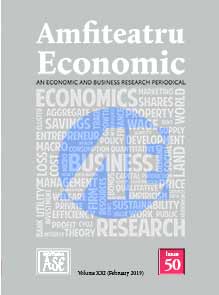Understanding the Relationship Between Antecedents of Heavy Work Investment (HWI) and Burnout
Understanding the Relationship Between Antecedents of Heavy Work Investment (HWI) and Burnout
Author(s): Aharon Tziner, Carmen Buzea, Edna Rabenu, Or Shkoler, Camelia TruțaSubject(s): Economy, Business Economy / Management
Published by: EDITURA ASE
Keywords: heavy work investment; job engagement; workaholism; burnout; workload; mediation analysis;
Summary/Abstract: Following Snir and Harpaz’s (2012) model of Heavy Work Investment (HWI), we propose a model that clarifies the relationship of antecedents of HWI to burnout. The model consists of several components: (a) external/situational antecedents, ‘income’ and ‘workload’ and internal/dispositional antecedents, ‘job engagement’ and ‘workaholism’; (b) a mediator variable, HWI (divided into ‘time’ and ‘effort’); and (c) ‘burnout’ as the outcome variable. Data was obtained by social science students who surveyed 388 Romanian employees, ages 19 to 66, on two consecutive occasions with a six-week interval (times T1 and T2). Using structural equation modelling, the mediation has an excellent fit at both T1 and T2. The mediation role of HWI is confirmed for T2, with respect to three factors – job engagement, workaholism and workload – but not for T1. The findings are discussed, as are their contribution to the theoretical literature and new directions for further research and organizational practice.
Journal: Amfiteatru Economic
- Issue Year: 21/2019
- Issue No: 50
- Page Range: 153-176
- Page Count: 24
- Language: English

